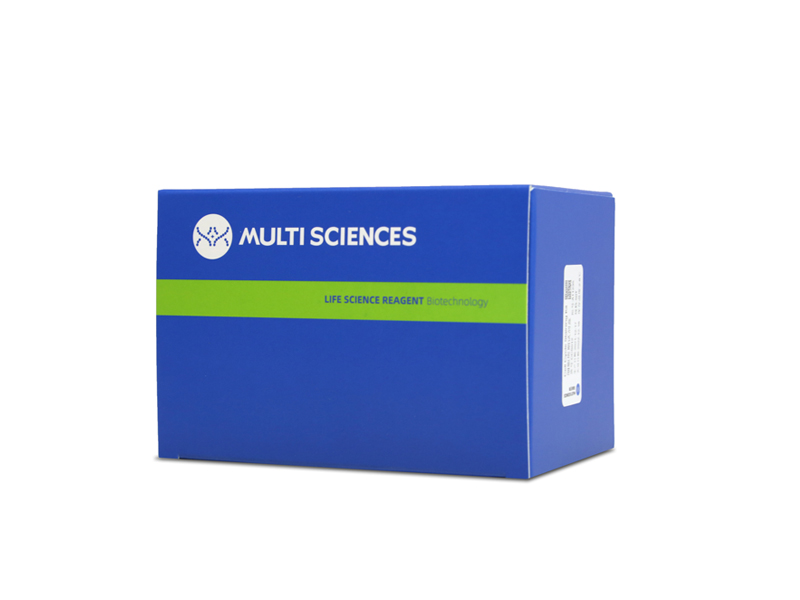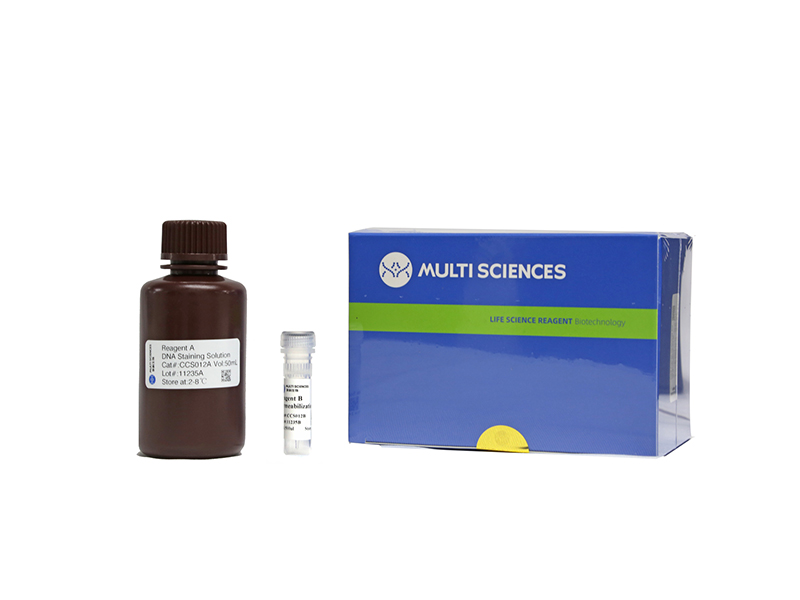Dehydroepiandrosterone (DHEA) is widely used as a nutritional supplement and exhibits putative anti?aging properties. However, the molecular basis of the actions of DHEA, particularly on the biological characteristics of target cells, remain unclear. The aim of the current study was to investigate the effects of DHEA on cell viability, cell proliferation, cell cycle and mitochondrial function in primary rat Leydig cells. Adult Leydig cells were purified by Percoll gradient centrifugation, and cell proliferation was detected using a Click-iT??EdU Assay kit and cell cycle assessment performed using ?ow cytometry. Mitochondrial membrane potential was detected using JC-1 staining assay. The results of the current study demonstrate that DHEA decreased cell proliferation in a dose?dependent manner, whereas it improved cell viability in a time?dependent and dose?dependent manner. Flow cytometry analysis demonstrated that DHEA treatment increased the S?phase cell population and decreased the G2/M cell population. Cyclin?A and CDK2 mRNA levels were decreased in primary rat Leydig cells following DHEA treatment. DHEA treatment decreased the transmembrane electrical gradient in primary Leydig cells, whereas treatment significantly increased succinate dehydrogenase activity. These results indicated that DHEA inhibits primary rat Leydig cell proliferation by decreasing cyclin mRNA level, whereas it improves cells viability by modulating the permeability of the mitochondrial membrane and succinate dehydrogenase activity. These findings may demonstrate an important molecular mechanism by which DHEA activity is mediated.
文章引用产品
-
-
- CCS012
- 周期试剂盒
Cell Cycle Staining Kit 细胞周期检测试剂盒
-
¥390.00
-
- CCS012
- 周期试剂盒
Cell Cycle Staining Kit 细胞周期检测试剂盒
- ¥390.00



